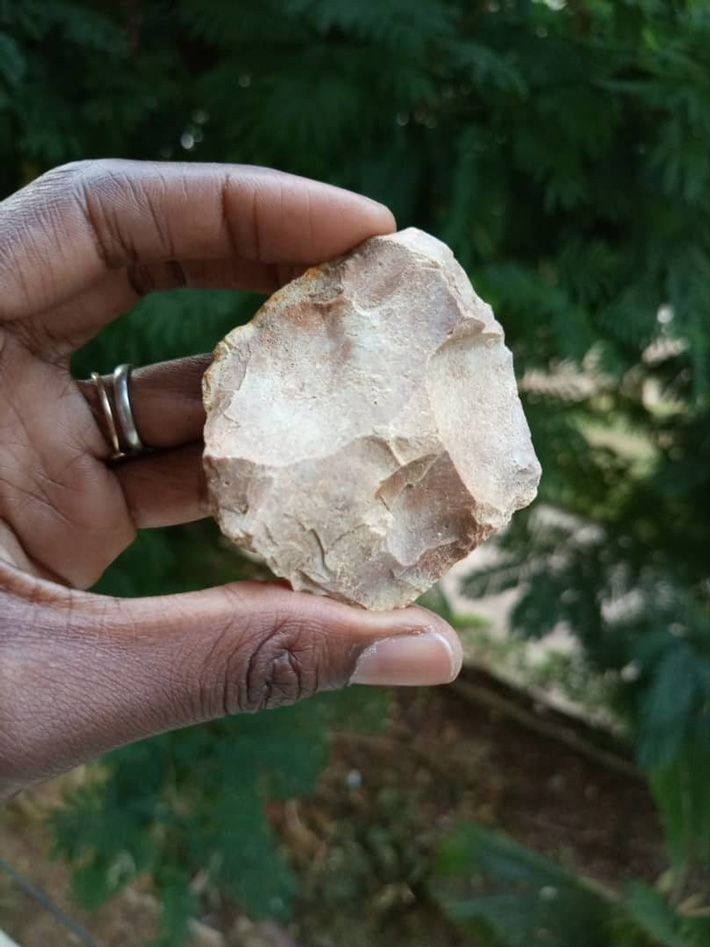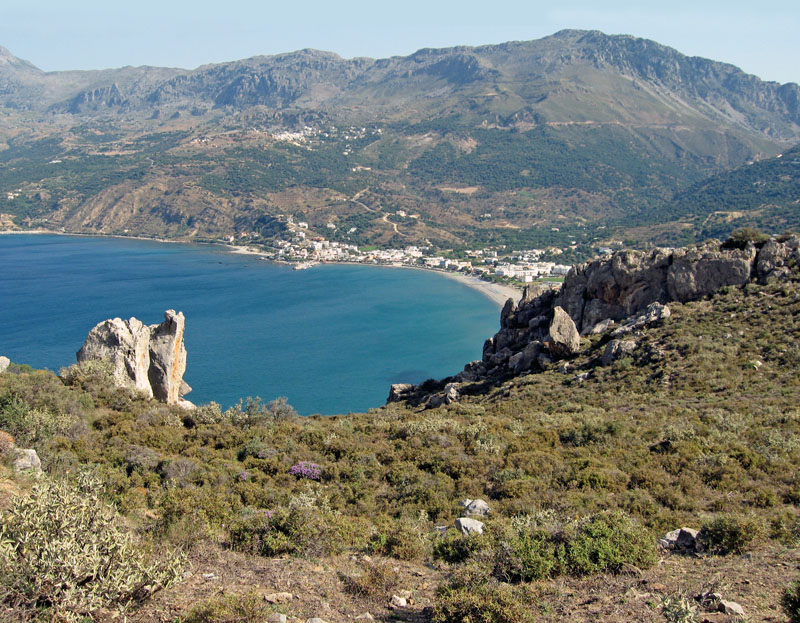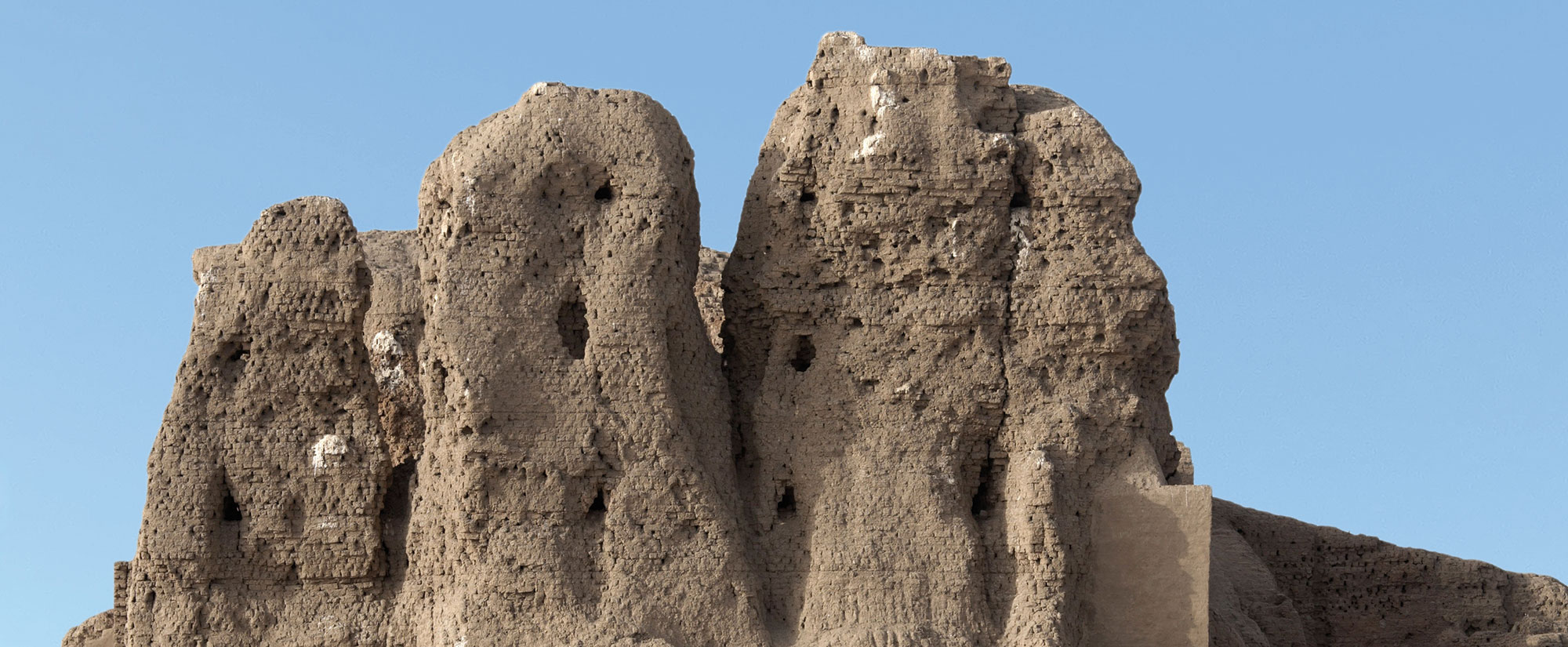
JENA, GERMANY—According to a statement released by the Max Planck Institute for the Science of Human History, a team of researchers led by Khady Niang of Université Cheikh Anta Diop de Dakar has reexamined artifacts collected from Tiémassas, a Paleolithic site located in Senegal near the interface of forest, savannah, and mangrove habitats on the west coast of Africa. The scientists then conducted new excavations at Tiémassas, and dated what they found, in order to better understand the occupation of West Africa during the Middle Stone Age. The stone tool assemblages were dated to between 62,000 and 25,000 years ago. Niang explained that these assemblages are distinct and consistent with one another, allowing the researchers to use them to date tools unearthed in earlier excavations and each phase of occupation. Team member Jimbob Blinkhorn added that this continuity at Tiémassas contrasts with the technological changes observed at East African sites within the same time period. To read about Neolithic artifacts uncovered in a Dakar suburb, go to "World Roundup: Senegal."











